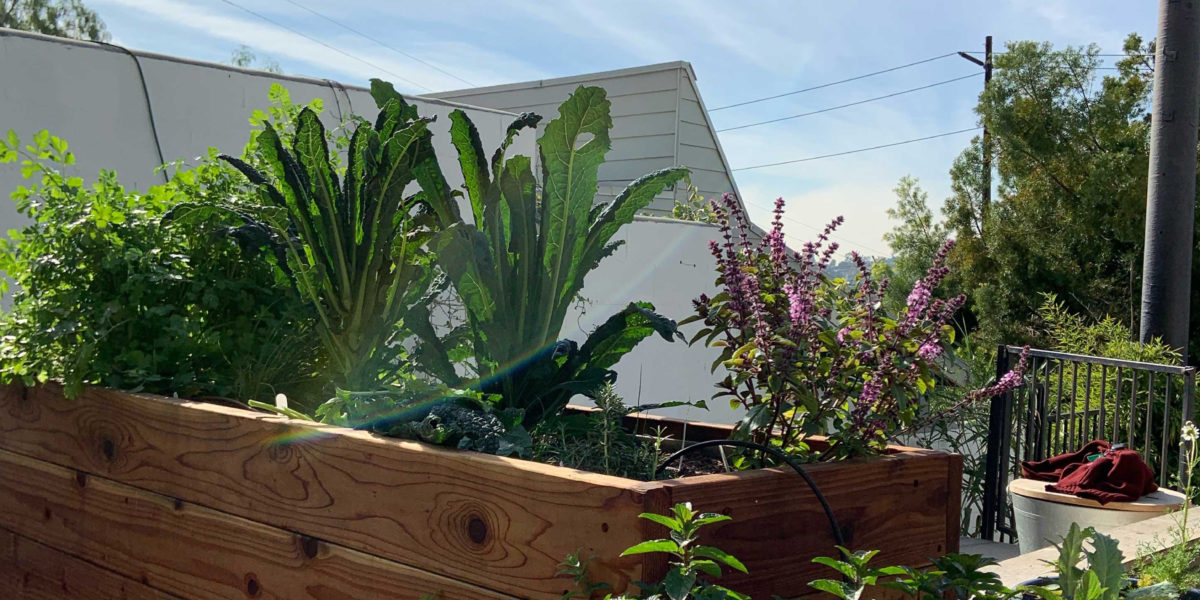Not known Facts About City Blooming
Table of ContentsUnknown Facts About City BloomingCity Blooming Fundamentals ExplainedCity Blooming for DummiesGetting The City Blooming To WorkCity Blooming Things To Know Before You Buy
Interested in expanding food available for sale in the City of Chicago? Thinking concerning beginning a community yard? Modifications to the Chicago Zoning Statute enable farming uses like area gardens and city farms in lots of parts of the city. Below is a checklist of frequently asked inquiries concerning the regulations and policies that farmers ought to consider when intending an urban agriculture task.
The zoning change does not change any other codes managing composting, building permits, buying or renting City owned home, business licenses or environmental contamination. There are existing codes that manage these concerns and they stay in full result and might be suitable to your task. Community gardens are generally possessed or taken care of by public entities, civic companies or community-based organizations and maintained by volunteers.
Urban farms grow food that is meant to be offered, either on a not-for-profit or for-profit basis. As a result of their business objective, city ranches require a company license. Yes. A neighborhood yard is permitted to market surplus generate that was grown on site if the sales are accessory or subordinate to the yard's key purpose described above.
Not known Details About City Blooming
The quantity of garden compost material can not surpass 25 cubic yards at any type of provided time according to the standards in 7-28-715 of the City's Municipal Code. Due to the fact that the dirt at the majority of new yard websites needs modifying, garden compost, dirt, wood chips, or other materials can be gotten to construct or boost the expanding area.

If a structure authorization is called for after that the hoophouse will be considered an accessory structure. You can learn more about the structure permit requirements by calling the Department of Buildings. The 25,000-square-foot size limit is meant to avoid a single neighborhood garden from dominating a provided block or detracting from the block's existing domestic or industrial character.
The limitation does not apply to gardens located in Public Open Room (POS) districts. Can there be even more than one neighborhood garden that is 25,000 square feet on a solitary block? Yes. The dimension limitation relates to individual gardens, not to specific blocks. No. Fencing is not required, however, gardens that have big auto parking areas might be required to set up fencing or various other landscape design functions.
Our City Blooming PDFs
B1 & B2 districts need that all industrial usage tasks be performed inside your home. R areas restrict commercial task. The laws mirror the objective and intent of the Zoning Code. Is fencing required for city farms? Yes. Fencings might be required, in addition to landscape design and screening, for certain parking lot and exterior work or storage space areas relying on place and the particular activity occurring.
Urban ranches need structure authorizations and zoning authorizations prior to building (fruit and vegtables). Various other types of city evaluation might be called for depending on details structures, activities, size, landscape design, licensing, public heath and stormwater management problems.
The Department of Business Affairs and Consumer Protection can assist establish the particular kind of organization license that's needed. Off road car parking is required for the majority of business projects in Chicago. The required number of car parking areas is based on the number of workers working on website and not the square footage of the expanding area.
10 Easy Facts About City Blooming Described

Yes. A metropolitan ranch can market garden compost product generated on site, however, the operation should comply with the laws in 7-28-715 of the Chicago Municipal Code. Yes. Aquaponic systems are allowed inside your home on city ranches in several zoning areas. However, a zoning review and structure permit is required in order to mount structures or systems and an organization license is needed as defined above.
As much as five hives or colonies of honey bees might be kept as an accessory usage. Beekeepers must register with the Illinois Department of Agriculture. To learn more concerning the suggested zoning amendment you may contact the Department of Real Estate and Economic Development, Bureau of Preparation and Zoning at 312.744.8563.
Farming in cities and urban locations An urban farm in Chicago. Urban farming refers to different techniques of cultivating. https://soundcloud.com/cityblooming, processing, and distributing food in urban locations. The term also uses to the area activities of animal husbandry, tank farming, beekeeping, and cultivation in a metropolitan context. Urban farming is differentiated from peri-urban farming, which happens in rural areas beside residential areas.
Getting My City Blooming To Work
, that look for to form social networks started on a shared principles of nature and neighborhood holism. These networks can establish by method of formal institutional support, coming to be integrated right into regional community planning as a "transition community" movement for sustainable urban advancement.
In either case, the a lot more straight access to fresh vegetable, fruit, and meat products that might be understood with from this source urban farming can improve food protection and food safety while lowering food miles, resulting in reduced greenhouse gas emissions, consequently adding to environment modification mitigation. Several of the initial proof of metropolitan farming comes from Mesopotamia.